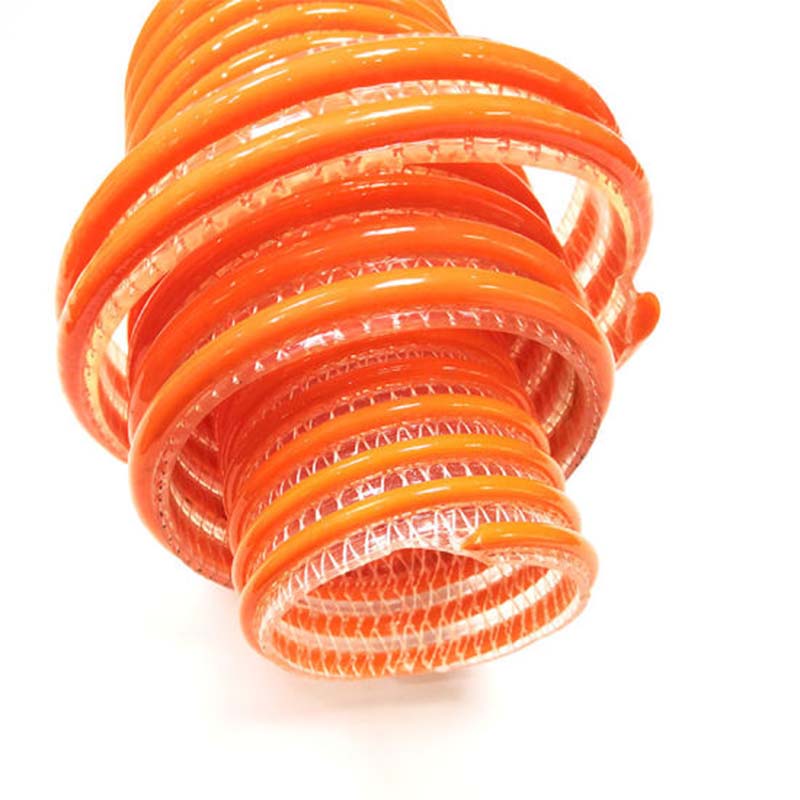Choosing the Right Hose for Your Trash Pump to Maximize Efficiency and Performance
The Importance of Trash Pump Hoses in Water Management
When it comes to efficient water management, particularly in construction, agriculture, and landscaping, trash pumps play a crucial role. However, to harness the full potential of these pumps, having the right hoses is equally important. Trash pump hoses are specifically designed to handle a variety of liquids, including those containing solids and debris. This article delves into the significance, selection, and maintenance of trash pump hoses.
Understanding Trash Pumps
Trash pumps are specialized devices designed to move a high volume of water mixed with debris—such as mud, leaves, and small solids—making them essential for applications such as flood control, dewatering at construction sites, and maintaining agricultural fields. Unlike regular pumps, trash pumps can handle larger particles without clogging, allowing for efficient and effective water removal.
The Role of Trash Pump Hoses
Trash pump hoses act as the conduits through which water and debris are transported
. Their design and material composition are critical in ensuring that they can withstand the rigorous demands of handling not just water but also larger solids that would typically tear or puncture ordinary hoses. High-quality trash pump hoses are constructed from robust materials like rubber or PVC that offer durability, flexibility, and resistance to abrasion and wear.Selecting the Right Hose
Choosing the appropriate trash pump hose involves several factors
1. Diameter The diameter of the hose should match the outlet of the trash pump. A larger diameter typically allows for increased flow rates, while a smaller diameter might be suitable for tighter spaces or specific applications. 2. Length Consider the distance the water needs to be moved. Longer hoses may lead to pressure loss; therefore, it’s essential to balance hose length with flow efficiency.
3. Material As mentioned, hoses made of rubber or PVC are common for trash pumps. Rubber hoses are more flexible and durable, particularly in extreme weather conditions, while PVC hoses are lightweight and easy to handle.
trash pump hose

4. Reinforcement For heavy-duty applications, look for hoses with reinforcement layers, which can prevent kinking and premature wear.
5. Temperature Resistance Ensure that the hose can handle the temperature of the fluids it will transport. Some applications may require hoses that can withstand high temperatures, especially when dealing with warm water or sludge.
Maintenance of Trash Pump Hoses
Proper maintenance of trash pump hoses is vital for ensuring longevity and optimal performance. Here are some tips
1. Regular Inspection Check hoses regularly for signs of wear, such as cracks, leaks, or bulges. Replace any damaged hoses immediately to prevent failure during use.
2. Cleaning After use, particularly in muddy or debris-heavy conditions, it’s essential to clean the hose thoroughly to remove any accumulated solids. This can prevent clogs and extend the hose’s lifespan.
3. Storage Store hoses in a cool, dry place away from direct sunlight. Coiling hoses properly also prevents kinks that could compromise their integrity.
4. Use Proper Connectors Ensure that the fittings and connectors used with the hose are compatible and secure, as loose connections can lead to leaks and inefficiencies.
Conclusion
In conclusion, trash pump hoses are a vital component in effective water management systems. Their ability to handle a mix of liquids and solids makes them indispensable for various industries. By understanding the importance of selecting the right hose and maintaining it properly, users can ensure that their trash pumps operate at peak efficiency. As environmental concerns and water management challenges continue to grow, the role of these hoses will remain more significant than ever.
-
Unrivaled Performance and Applications of PU Pneumatic Hoses and TubesNewsJun.11,2025
-
The Transparent World of Industrial Tubing and Hosing SolutionsNewsJun.11,2025
-
The Intricate World of Pneumatic Conduits: Tubes and HosesNewsJun.11,2025
-
The Dynamic Landscape of Pneumatic Conduits: Unraveling Key ComponentsNewsJun.11,2025
-
The Diverse Applications and Significance of Transparent PVC TubingNewsJun.11,2025
-
High - Pressure Pneumatic Tubing and Systems: An In - Depth LookNewsJun.11,2025














